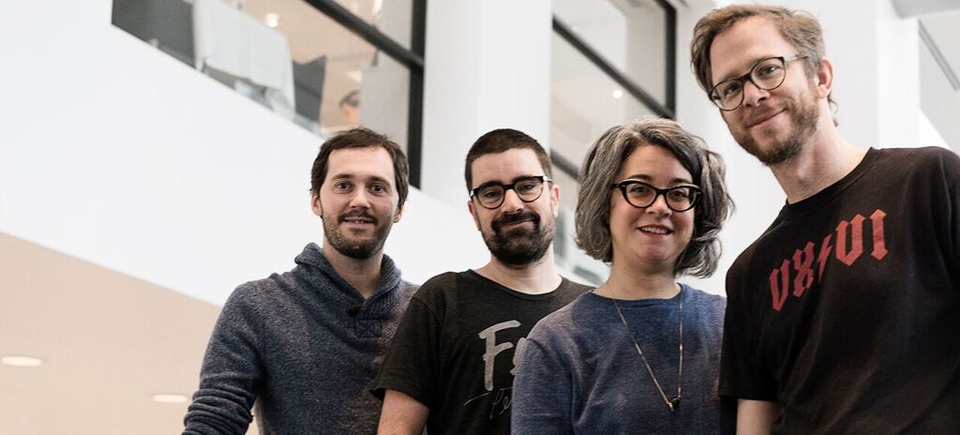
Making the Invisible Visible | Meet the Winning Team!
Making the Invisible Visible | Meet the Winning Team!
Meet the winning team, chosen by the NFB and the Quartier des Spectacles Partnership, that will create an interactive work of art for a public space. Follow the team throughout their adventure of Making the Invisible Visible, from the conception phase to the inauguration.
An Idea Inspired by Tragedy
After the November 2015 attacks in Paris, multimedia creator Sylvain Dumais wondered, with sadness and concern, about the future of the world his children would inherit. Would they be able to travel with as much freedom as he had? Would they have the opportunity to open up to the world around them? During this thought process, which focused on the impact of terrorism on daily life, the divisive fear it creates, and the increasingly intense surveillance of citizens by authorities, Sylvain found the inspiration for the winning idea for Making the Invisible Visible.
Sylvain recruited web entrepreneur, interactive designer, scriptwriter, technologist, and professor Jonathan Belisle; author, researcher, coordinator, and editorial designer Marianne Prairie; and programmer, technical director, scriptwriter-designer, producer Franck Desvernes. Together, they elaborated the concept for an interactive work of art inspired by surveillance technologies in public places, combined with sound and light installations.
With this techno-artistic approach, the multidisciplinary team envisions a poetic response to the atmosphere of grief left in the wake of the tragedy, as well as the inevitable multiplication of surveillance initiatives that it is bound to generate. Rather than a simple demonstration of the erosion of privacy rights, its aim is to promote empathy and openness towards others in a world where fear is evermore present and leads, too often, to people closing themselves off.
In the coming weeks, the multidisciplinary collective will begin the creation and development phases of its ambitious project; the goal being to reclaim control over surveillance technologies and personal data collection, by turning them into a fun and informative work of interactive installation art.
To learn more about the evolution of the project, subscribe to the newsletter and follow along on social media with the hasthtag #visibleinvisible.
In their words:
I hope to create an œuvre of public art, accessible to a wide audience, that will incite profound contemplation about our relationships to others, to strangers; and, I hope, will lead to encounters, discussions, and further questioning.
— Sylvain Dumas
I want to bring about a double realisation: first, that we clearly underestimate the power of surveillance technologies and the amount of personal data that is collected about us in public places; and secondly, that empathy towards one another should prevail over mistrust.
— Marianne Prairie
I want to study the effects of surveillance on humans and explore the limits of curiosity. What repercussions will digital surveillance have on our social relationships?
— Jonathan Belisle
The objective is to incite positive emotions in passersby, while also raising awareness about the social issues at hand. Our challenge is to put into place a reassuring experience that communicates a message that can be alarming, i.e. the effects of surveillance, by using technologies in a playful and positive manner.
— Franck Desvernes
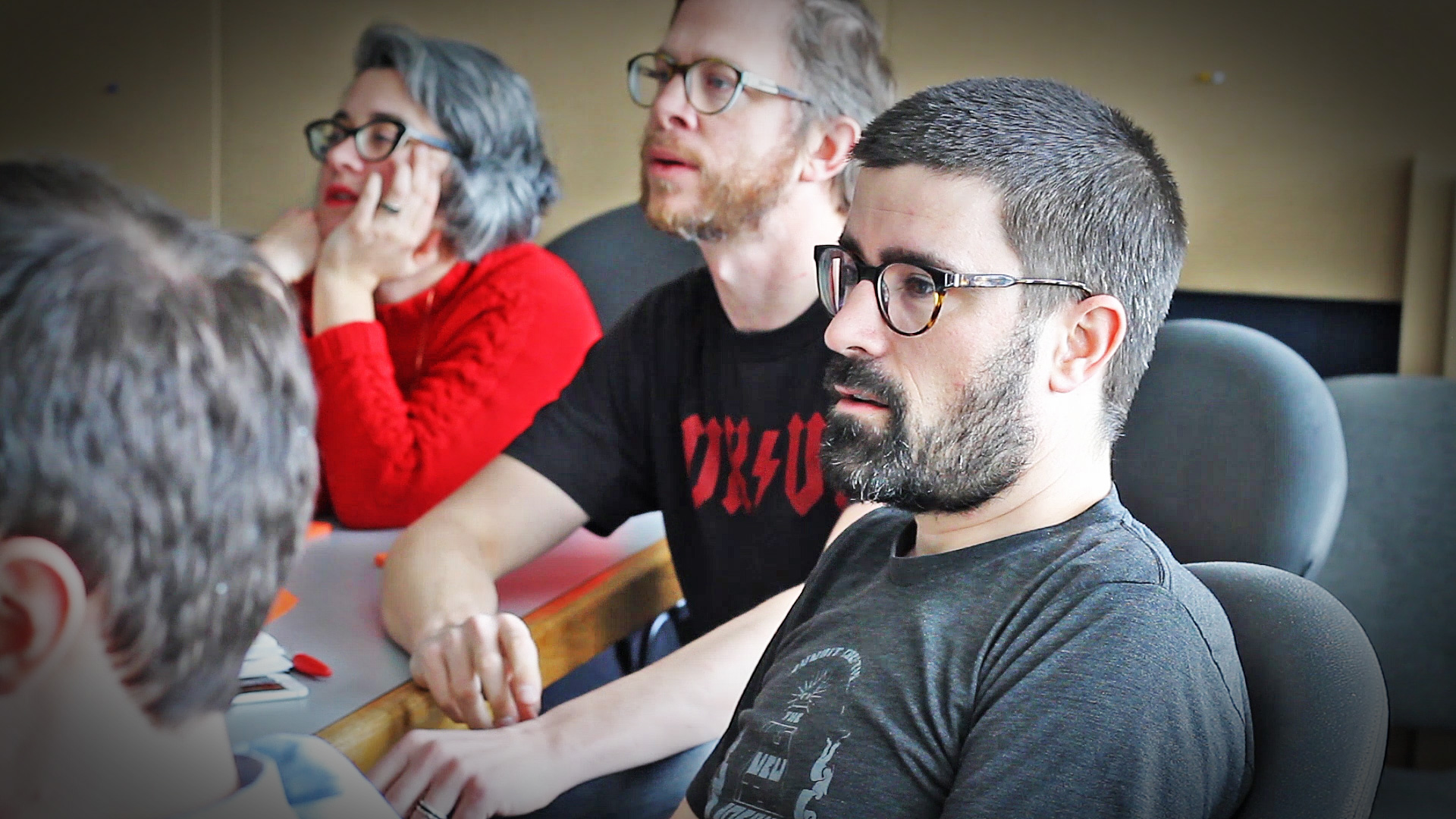
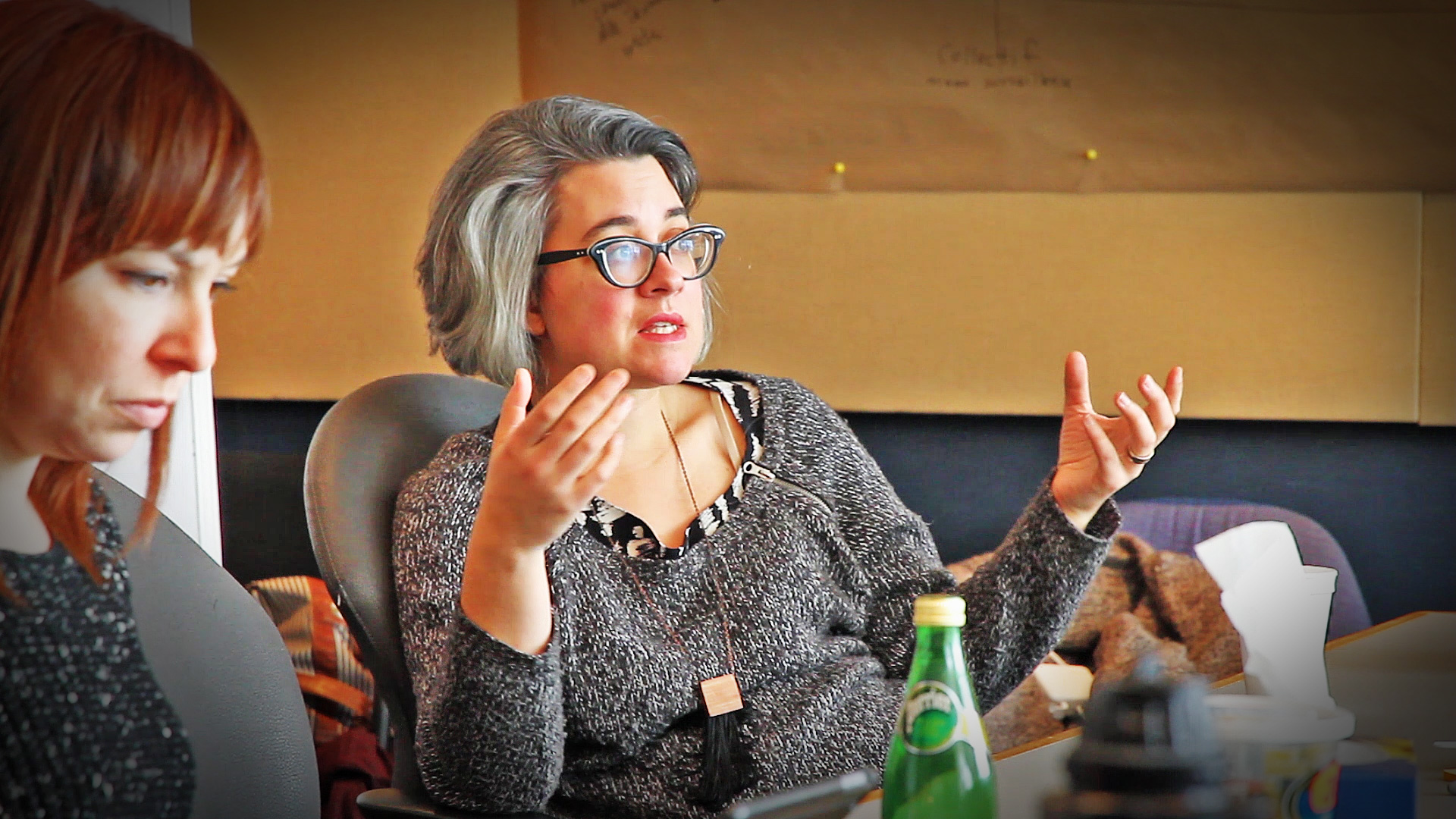
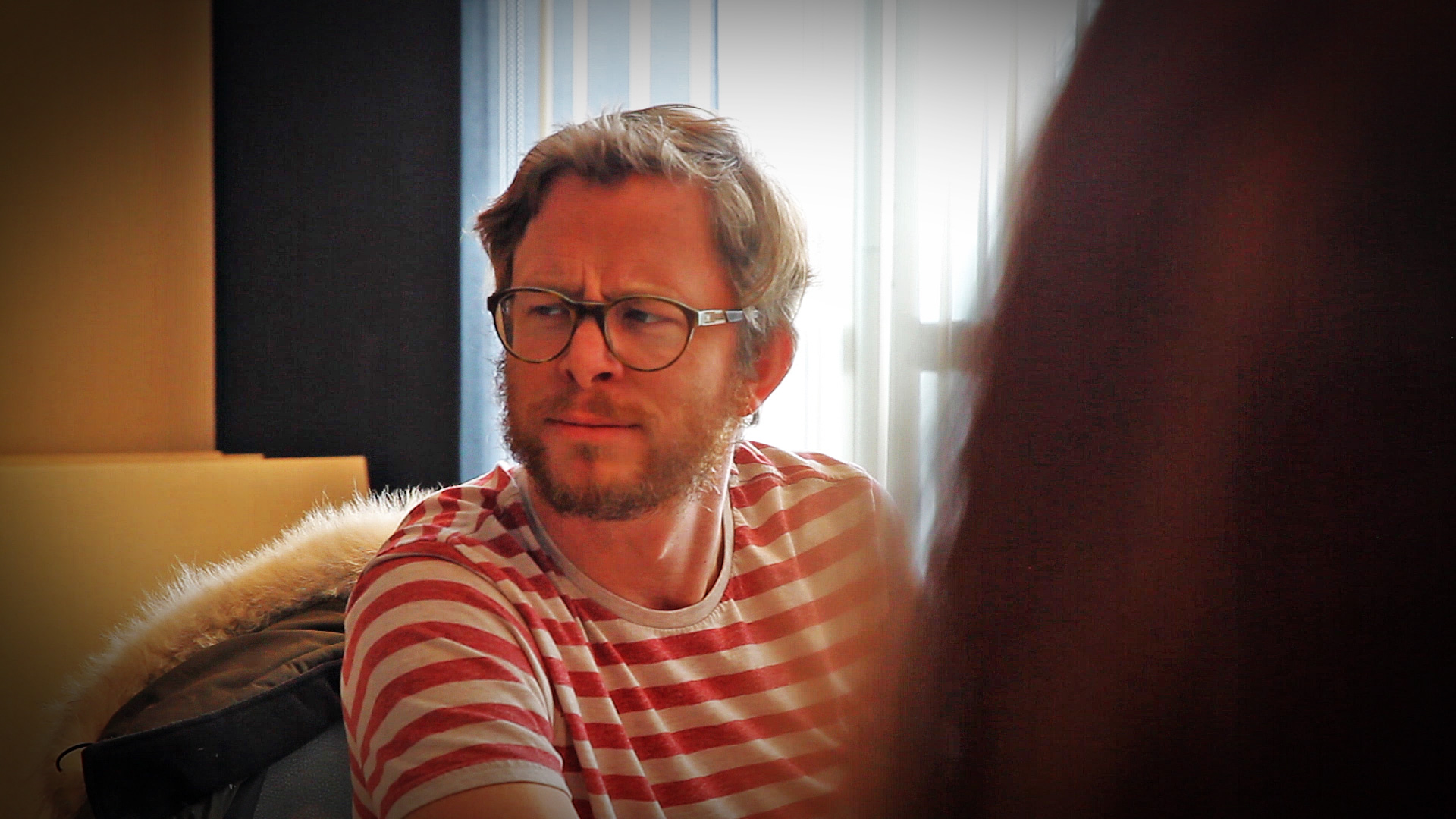
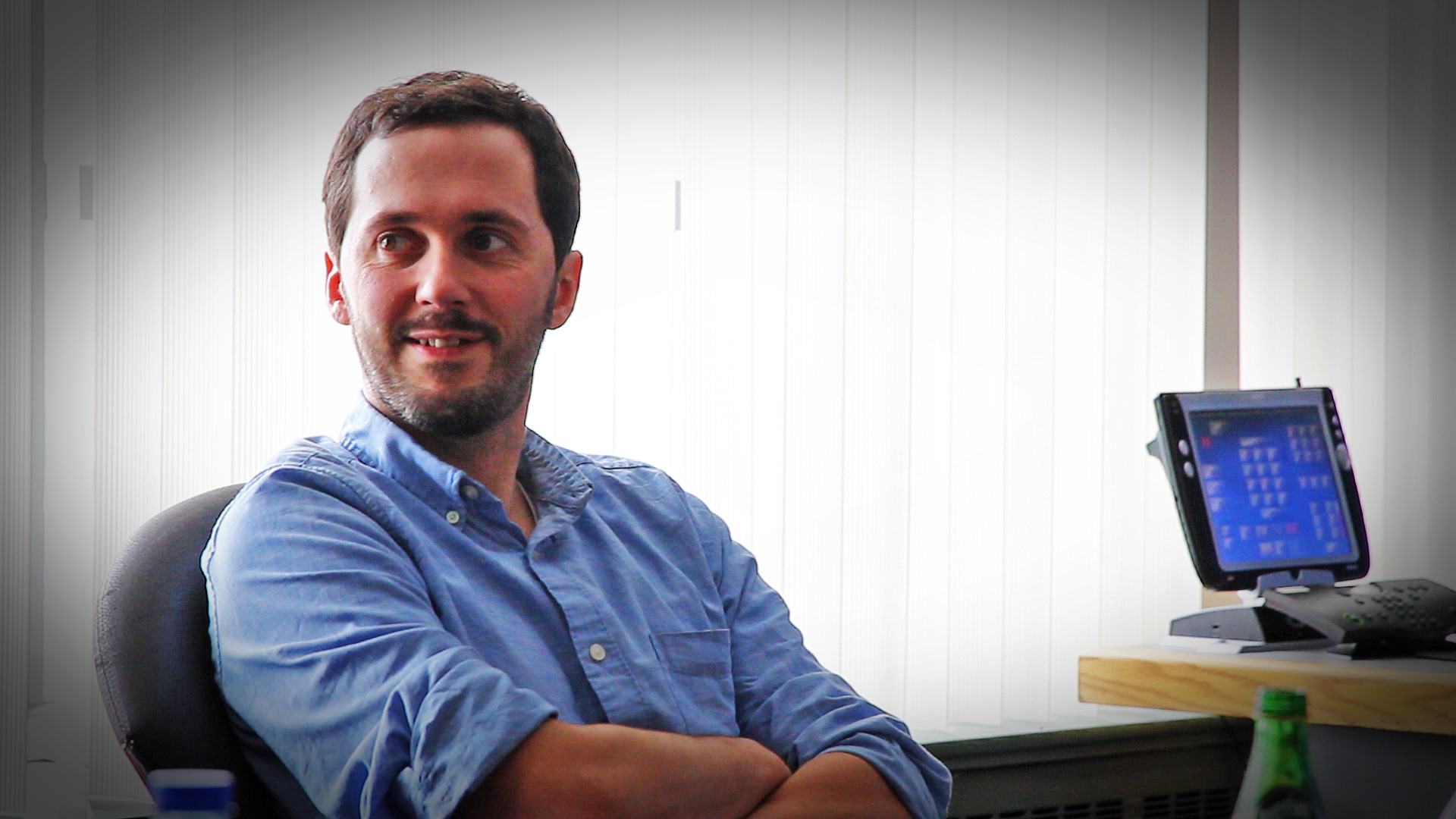

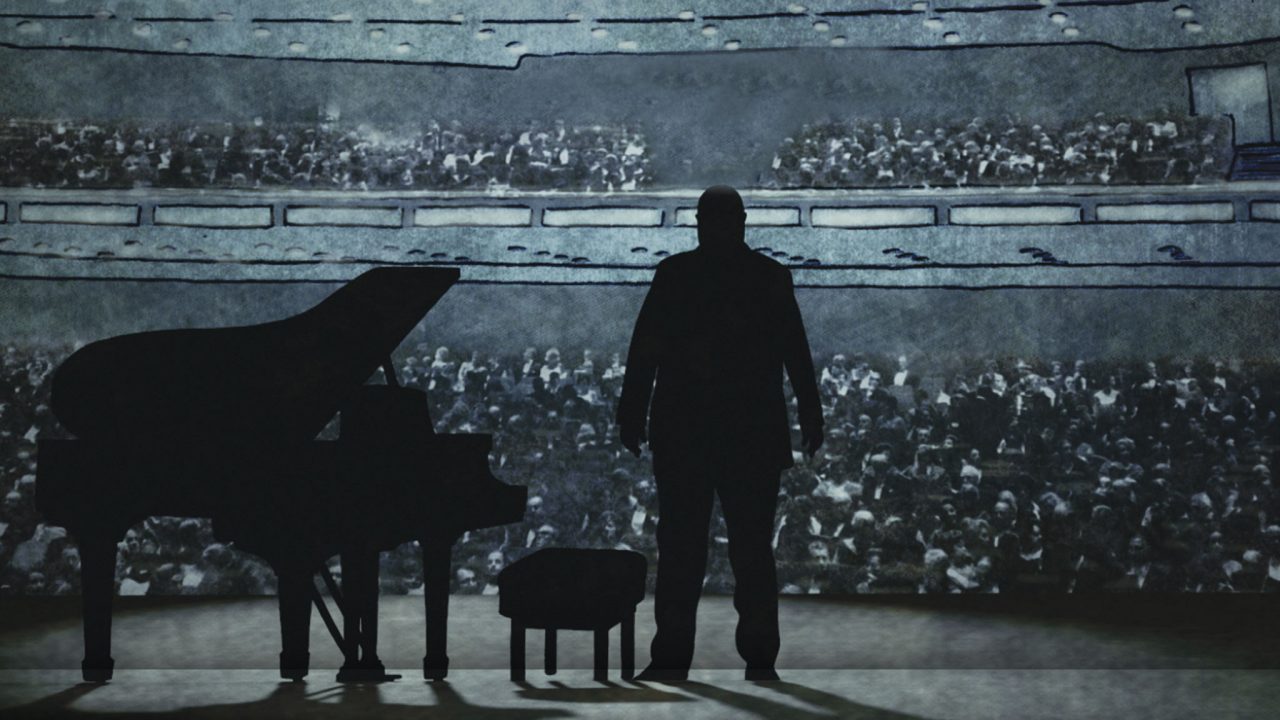
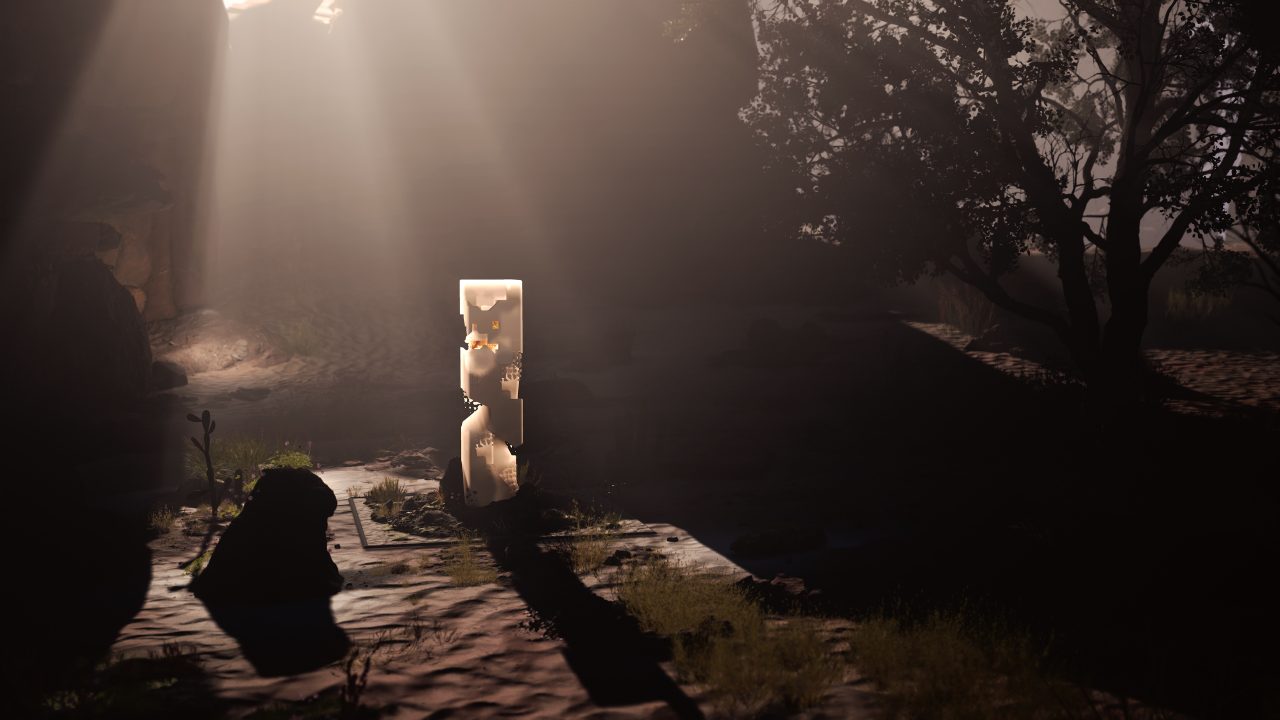

apologies franck for the misspelling.
franch: how in the world do you portray these odious acts in a “playful and positive way”?